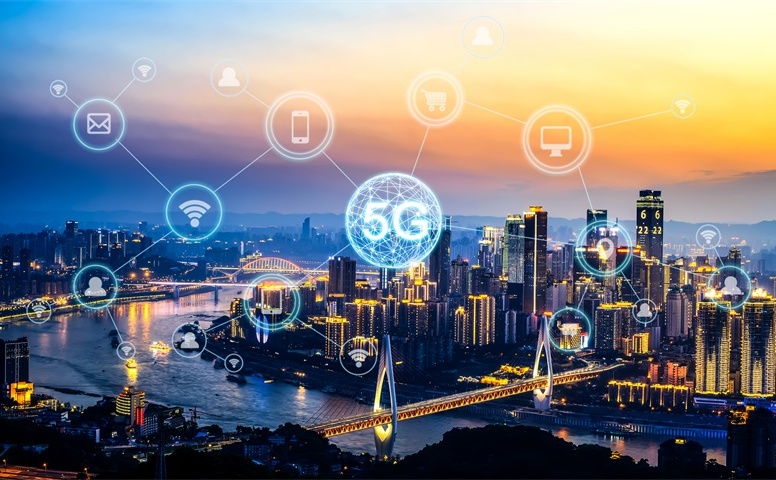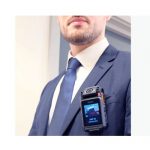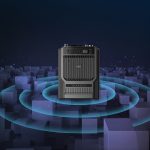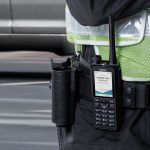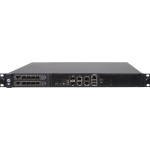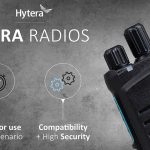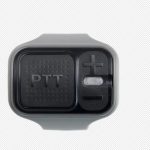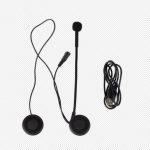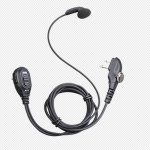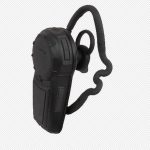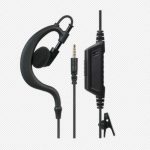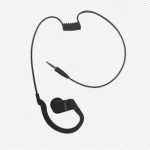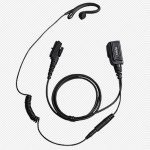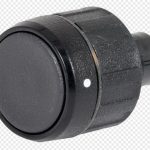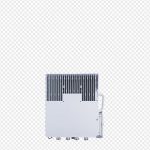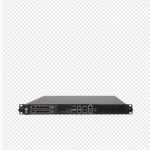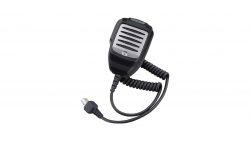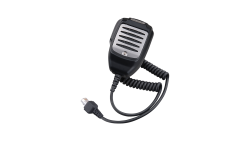Long Range Walkie Talkies and Two-way Radios
Long range walkie-talkies and two-way radios have a large coverage and can help you communicate and coordinate effectively with others over a long range.
What Determines the Range of Walkie-talkies/Two-way Radios?
A typical narrowband walkie-talkie has a range of 5 miles, with a maximum range of 36 miles. But it varies due to different obstacles in the surrounding environment. Obstacles will weaken the walkie-talkie signal or even block the transmission signal, affecting the coverage of the long range walkie-talkies and two-way radios. In suburban areas, weather, altitude, terrain, etc. all make it difficult to estimate intercom calls within a given area. In cities, buildings and crowds can severely block your signal, reflect radio waves, and have unpredictable intercom ranges.
Can Walkie-talkies/Two-way Radios Reach 1000 Miles?
We need to go 1000 miles away, what should I do? If this is your case, it can be achieved by PoC/LTE way.
Push-to-Talk over Cellular (PoC) is one-touch instant group communication over the global cellular network. PoC provides instant single call, group call, command, and dispatch services through 3G/4G/5G/WLAN networks. With the help of the existing 3G/4G/5G network, the long range walkie-talkie and two-way radio can reach more than 1000 miles. Utilize the LTE network to achieve global coverage and seamless communication of remote intercom.
PoC long range walkie-talkies and two-way radios to the cellular infrastructure network of the mobile network operator using the SIM card installed in the mobile phone, without network infrastructure investment and maintenance required, save communication costs and help you communicate with your team members instantly communicate and improve work efficiency.
PoC supports WLAN connection, makes calls in buildings covered by WLAN network, fills the gap of limited LTE network connection, automatically realizes wireless handover between WLAN network and LTE network, and expands communication coverage.
